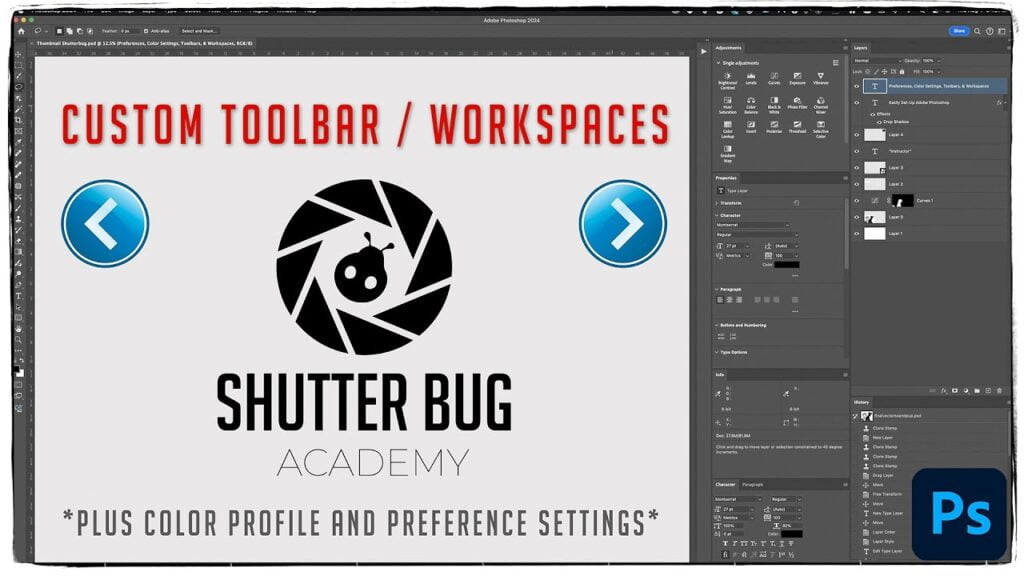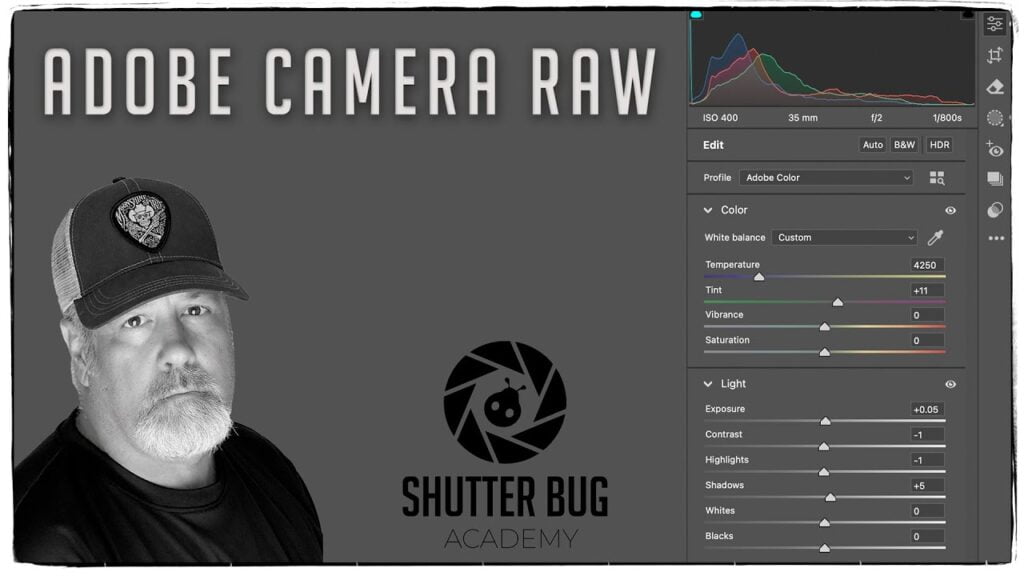A Deep Dive into JPG and WebP: Understanding Image Compression






A Deep Dive into JPG and WebP
A Deep Dive into JPG and WebP. Photography is about capturing beautiful, high-quality images, but when it comes to sharing those photos online, file size becomes a crucial consideration. Image compression helps reduce the size of image files so they can be easily shared without taking up excessive bandwidth. Two popular image formats that use compression are JPG and WebP. To understand how they work, it’s essential to know a bit about what compression is, what lossy compression means, and how JPG and WebP differ from one another.
What is a .JPG?
JPG (or JPEG, which stands for Joint Photographic Experts Group) is one of the most widely used image file formats, especially in photography. JPG images are known for their balance between quality and file size. They achieve this balance through compression, which is why you often see smaller file sizes than with other image formats like PNG or TIFF.
JPG uses lossy compression, which means that some image data is discarded to reduce the file size. The compression algorithm focuses on minimizing parts of the image that the human eye is less likely to notice. This makes it great for web usage and sharing, but if the compression is too aggressive, it can lead to visible degradation in image quality, such as artifacts or blurring.
What is WebP?
WebP is a more modern image format developed by Google, designed to be an alternative to both JPG and PNG. It supports both lossy and lossless compression. One of the key benefits of WebP is its ability to provide significantly smaller file sizes while maintaining comparable quality to JPG, which makes it ideal for use on websites where speed and bandwidth are priorities.
In simple terms, WebP compresses images more efficiently than JPG, meaning that for the same image, a WebP file will generally be smaller without losing much quality. WebP also supports transparency (like PNG), making it a versatile option for web developers and photographers alike.
What is Compression?
Compression refers to the process of reducing the file size of an image by either removing or re-organizing data. In photography and digital imagery, compression helps make files smaller and easier to store or share. There are two main types of compression: lossy and lossless.
- Lossless compression: No image data is lost during compression, which means the image retains its full quality. However, the file size is not reduced as drastically as with lossy compression.
- Lossy compression: Some image data is discarded during compression, which reduces file size significantly but may result in a loss of image quality, especially when compressed too much.
What is Lossy Compression?
Lossy compression is a technique that permanently removes some image data to reduce the file size. The process involves identifying less important parts of the image—like subtle color variations that human eyes may not easily detect—and eliminating or simplifying that information. The end result is a smaller file size, but the image may have a reduction in quality depending on the compression level.
JPG and WebP (when using lossy settings) both use lossy compression. This type of compression is useful for web images or photos that don’t need to retain every fine detail, such as images uploaded to social media, blogs, or websites.
The Difference Between JPG and WebP
- Compression Efficiency: WebP offers better compression efficiency compared to JPG. It can achieve similar quality to JPG but with smaller file sizes. This is particularly useful for web applications where speed is essential.
- Transparency: JPG does not support transparency, while WebP can support transparency (even in lossy mode), making it a more versatile format when you need transparent images.
- Image Quality: Both formats use lossy compression, but WebP can compress more without a noticeable drop in quality compared to JPG. This is due to WebP’s more advanced compression algorithm.
- File Size: WebP files are usually smaller than their JPG counterparts at the same quality level. This is one of the reasons WebP is becoming more popular for websites where load speed is critical.
Conclusion
When working with images, especially in photography and web design, understanding the difference between formats like JPG and WebP is essential. JPG is a reliable, widely supported format that uses lossy compression to reduce file size, making it great for everyday photography and web use. WebP, on the other hand, is a newer format that offers better compression and additional features like transparency support. Both formats have their strengths and choosing the right one depends on your needs, whether it’s image quality, file size, or web performance.


